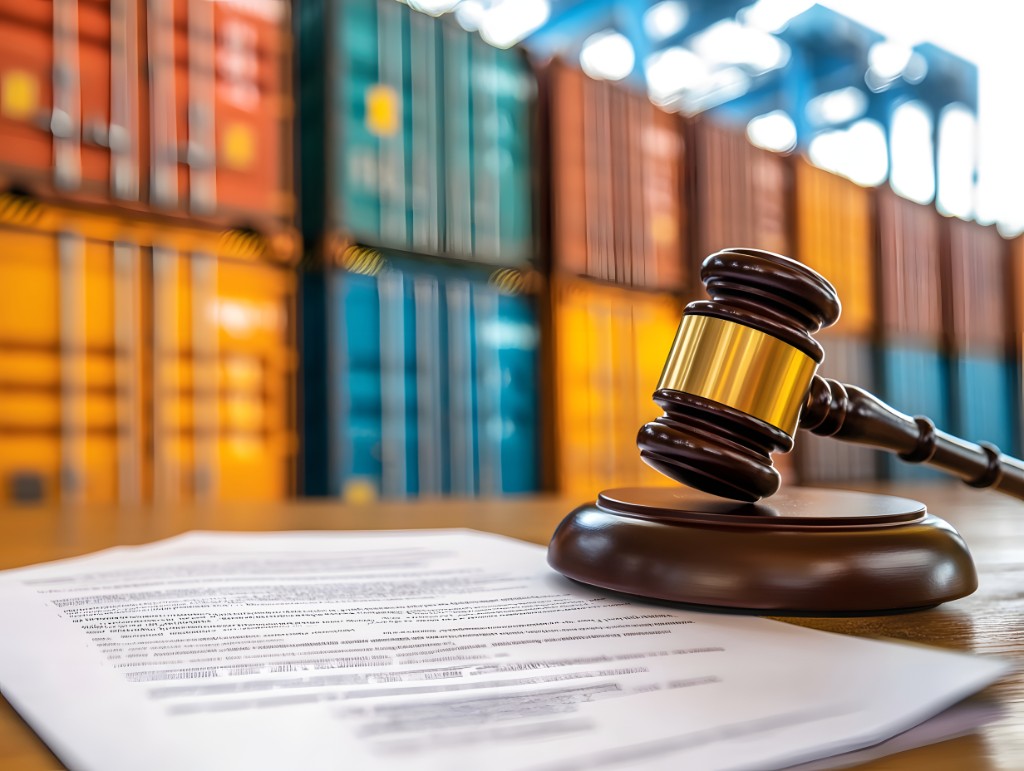May 22, 2018 | birth injury Claims
How Much Time Do I Have to File My Birth Injury Claim?
Table of Contents
The birth of a child is one of the most joyous events in any person’s life. Seeing your newborn son or daughter for the first time after nine long months of the physical and emotional burdens of pregnancy is an experience like no other.
But when a pregnancy or birth is marred by negligent medical care, leaving a newborn child suffering from a birth injury like cerebral palsy, brain damage, fractures, or paralysis, what should have been a happy celebration can quickly turn into a lengthy period of physical, emotional, and financial hardships.
Birth injury claims in Ontario are among the most complex types of medical malpractice cases, thanks both to the substantive and procedural aspects of such claims. We’ve discussed some of those substantive aspects in the past. Today, we’re going to focus on one of the procedural aspects that makes this area of law so complex: the statute of limitations for birth injury claims.
What Are Statutes Of Limitations?
A statute of limitations is a time limit on how long a person has after being injured to file a lawsuit. If you fail to file a lawsuit during the period established by a statute of limitations, then you will normally lose the right to have a court adjudicate your claim — meaning you lose your case before you can even file it.
In Ontario, limitation periods are generally set by the Limitations Act. The basic limitation period is two years after the date on which a legal claim is discovered, which is the earlier of:
- The day when the injured person first knew (1) that the injury had occurred, (2) that it was caused (at least in part) by the act or omission of the person against whom a claim is made, and (3) that a legal proceeding would be an appropriate means to seek a remedy; or
- The day on which a reasonable person ought to have known those things.
Initially, an Ontario court would presume that the injured person discovered his or her injury on the date of the act or omission that caused it, but the injured person will have an opportunity to prove that that was not the case.
What Statute Of Limitations Applies To Birth Injury Claims In Ontario?
Understanding the statute of limitations in birth injury claims requires understanding a handful of special principles. Here’s a quick overview:
- The basic limitation period applies. To begin with, the two-year basic limitation period in the Limitations Act applies to birth injury claims. But things get more complicated from here.
- A child’s minority delays the start of the limitation period. Section 6 of the Limitations Act delays the beginning of the limitation period for minors (i.e., children younger than 18). To be precise, the limitation period does not begin until one of the following occurs: The child reaches the age of majority (i.e., 18 years old) or a litigation guardian is appointed in relation to the claim.
The limitation period’s start may be delayed still further. If, when the injured child turns 18, he or she remains incapable of commencing a proceeding for the claim because of his or her physical, mental, or psychological condition, then Section 7 may continue to delay the start of the limitation period until: That incapacity is removed; or
- A litigation guardian is appointed in relation to the claim.
- A potential defendant can trigger the start of the limitation period by asking a court to appoint a litigation guardian.
Notice the second type of circumstance that can trigger the beginning of the limitation period under the above two principles: the appointment of a litigation guardian. A litigation guardian is a person who steps into the shoes of an injured individual who lacks the legal capacity to commence a proceeding for him- or herself (e.g., a minor).
Section 9 allows a potential defendant — someone against whom the injured person may have a claim — to apply to a court for the appointment of a litigation guardian for the injured person. That appointment will trigger the start of the limitation period as to the injured person, even though he or she is still a minor or still incapacitated.
To summarize, a minor with a birth injury claim will normally have until two years after he or she turns 18 to file a lawsuit for that claim. He or she may have longer to file suit if, upon turning 18, he or she is otherwise legally incapable of commencing a lawsuit. But a potential defendant can trigger the start of the two-year limitation period by asking a court to appoint a litigation guardian.
The Importance Of Hiring A Lawyer For Birth Injury Claims
The unique set of principles that affect the limitation period in a birth injury claim highlight the complexity inherent in such claims. As we’ve noted in the past, good legal strategy may require waiting to file a lawsuit over a birth injury claim to take advantage of the delayed limitation period. On the other hand, such a strategy may come up against a potential defendant’s attempt to have a litigation guardian appointed.
In short, dealing with limitations issues in birth injury cases can be just as complex as the substantive law involved in those cases. An Ontario birth injury lawyer can help you understand the issues involved, provide comprehensive advice regarding the timing of a lawsuit, and pursue your or your child’s claim to a successful resolution.
If you or your child has suffered a birth injury as a result of medical malpractice, contact the Ontario medical malpractice lawyers of Preszler Injury Lawyers for a free consultation today.
Blog Categories
More birth injury Topics
Here’s more information on birth injury related topics that we think you might find helpful.

birth injury
|
March 26, 2019
Ontario Birth Injuries: Knowing your Rights
The birth of a child is one of the most joyous occasions in any family’s life. Parents plan for the arrival of their new baby…

birth injury
|
July 2, 2018
Proving Shoulder Dystocia Claims
Childbirth is one of life’s most beautiful events. We commonly hear people refer to the process in religious terms, calling it a “miracle,” which is…

accident benefit
|
December 6, 2017
Ontario Personal Injury Claims: What are My Rights?
Every year in Ontario, tens of thousands of Ontarians suffer personal injuries as the result of motor-vehicle collisions, medical negligence, dangerous premises, defective products, and…
